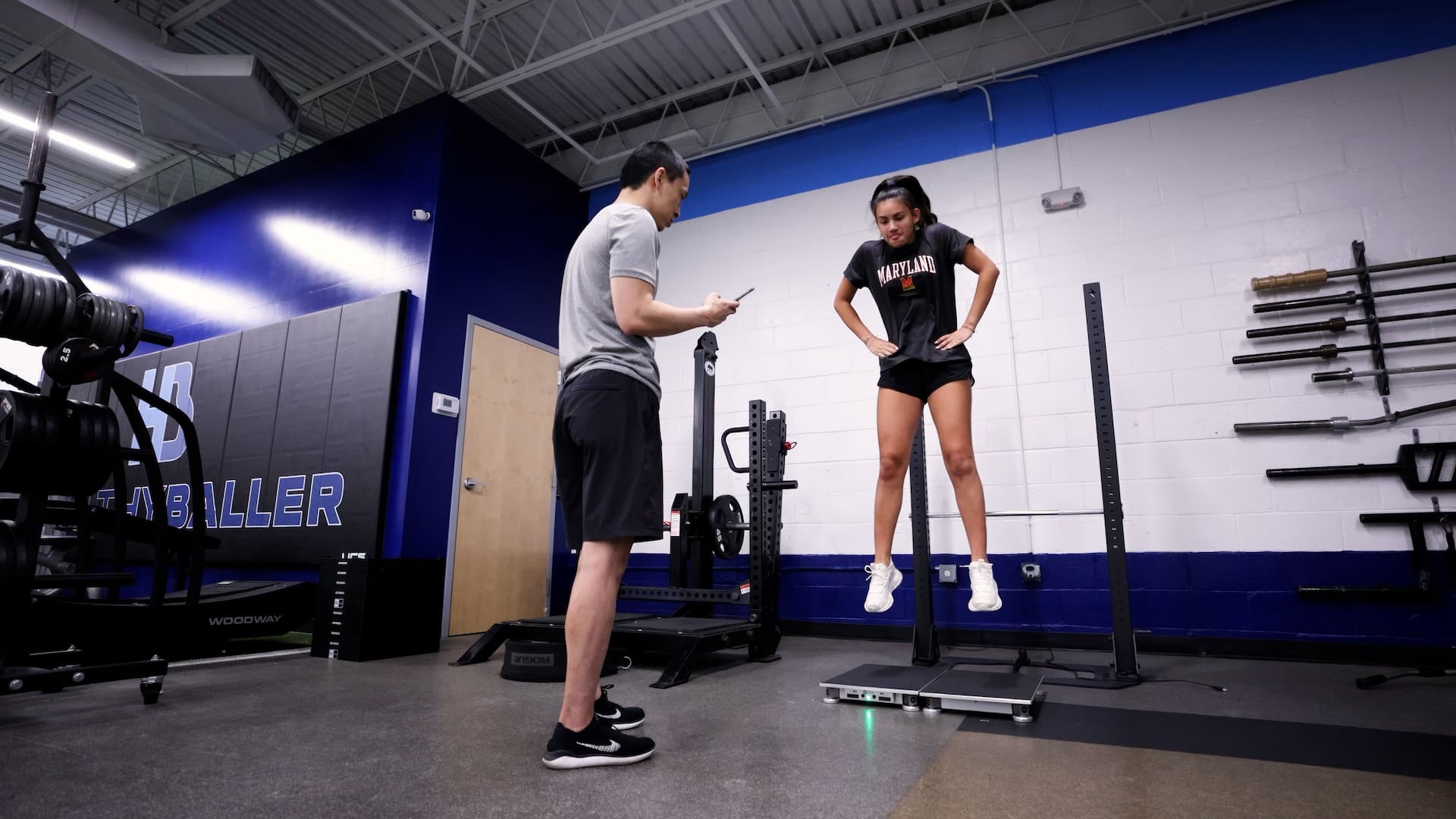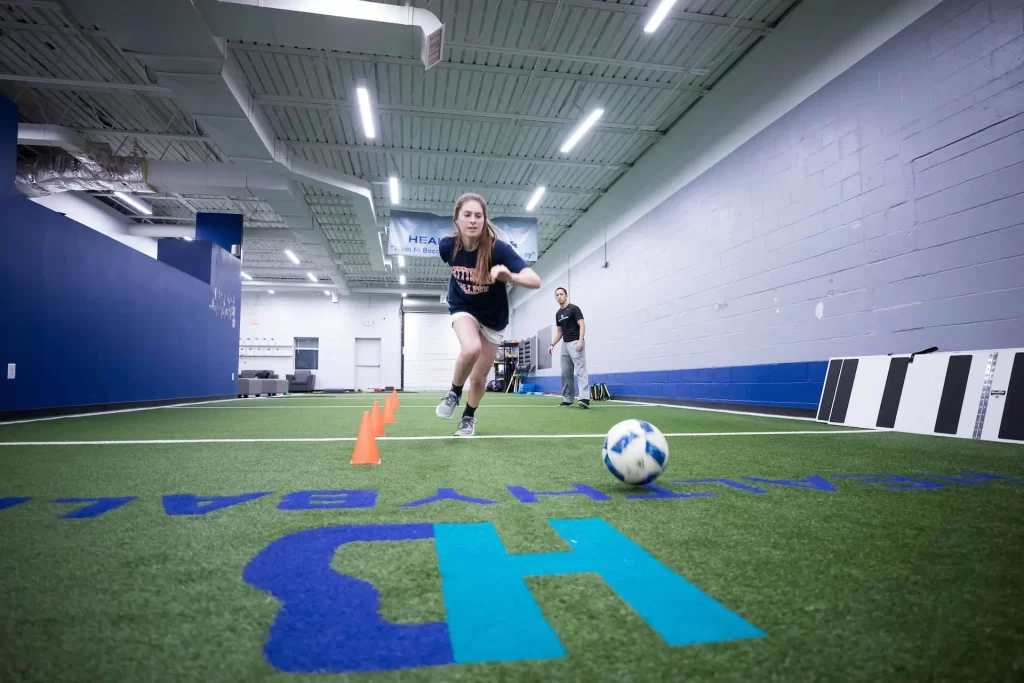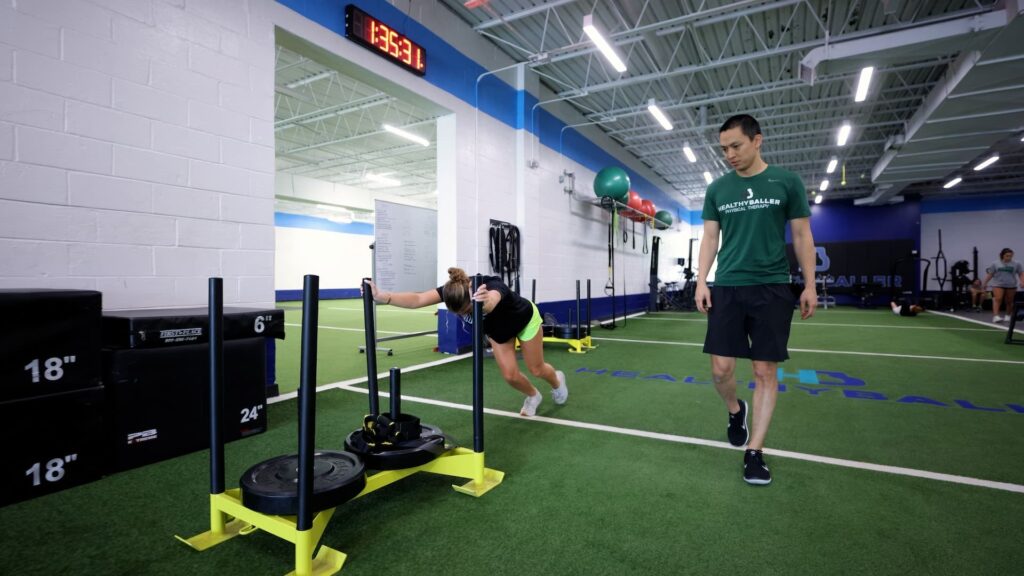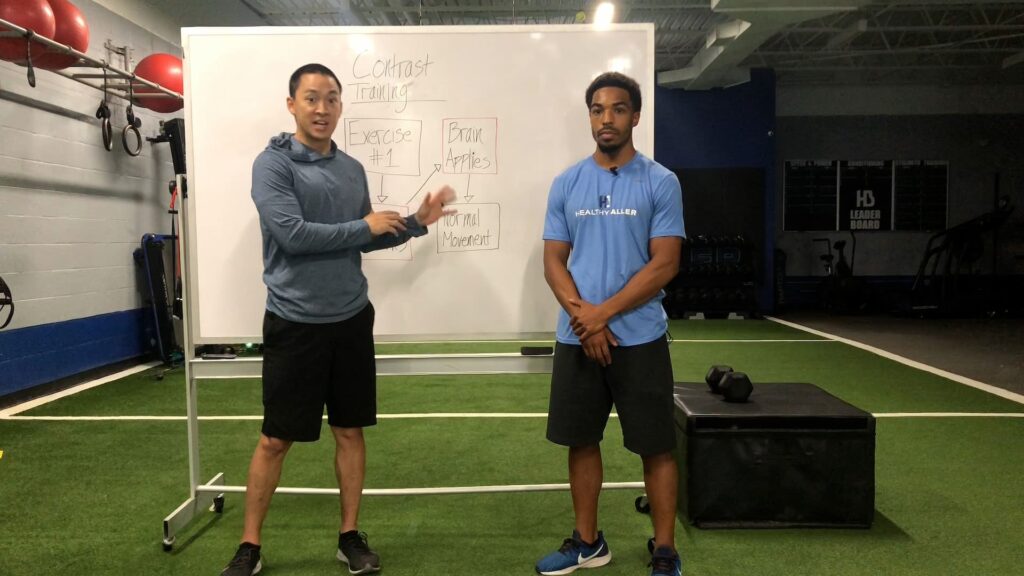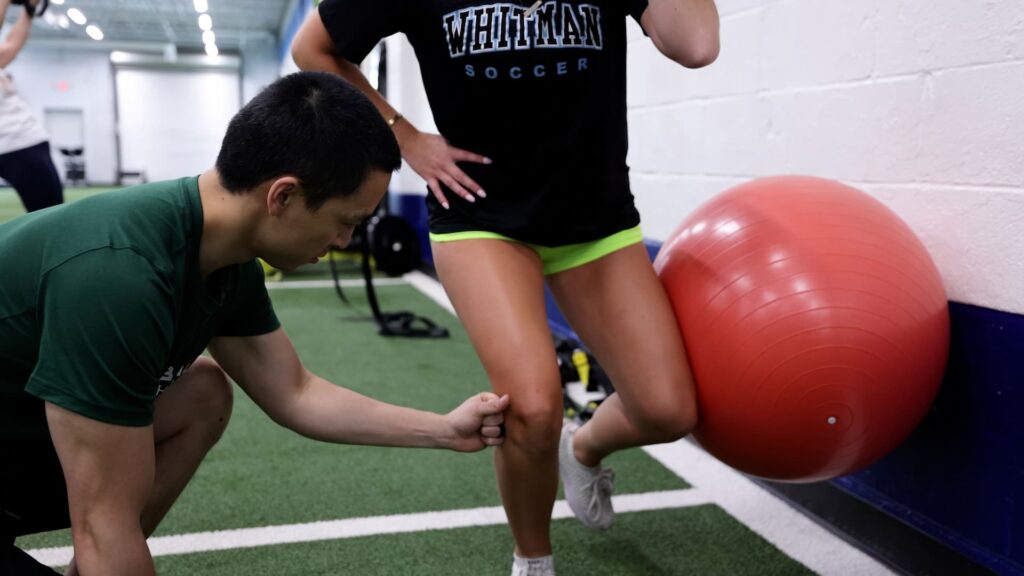After a patient undergoes ACL surgery and months of physical therapy, the most commonly asked question is, “when is the athlete ready to return to sports?” The hop tests are commonly used to assess whether athlete’s are safe to return to sport after ACL reconstruction. The four primary tests include the single hop for distance, triple hop for distance, triple crossover hop for distance and the 6 meter hop timed. The goal is to achieve at least 90% distance of the non-affected side for each of these tests. These tests are designed to determine whether the lower extremities have similar strength and power in order to propel the patient to a certain distance. The hop tests are extremely easy to administer as there is minimal required equipment, and does not require a significant amount of space. This test can be done in an open hallway which all facilities have. Below is an image of the four hop tests.

As a physical therapist, I do administrator hop tests as PART of my return to sport assessment. I do not believe any one test alone should be used to clear an athlete after ACL reconstruction. Athletes should go through a series of testing and measures before being cleared to play. The goal throughout physical therapy is to restore symmetry in strength, power and confidence. In my opinion, there are three major downfalls of the hop tests. First, the athlete can intentionally hop a shorter distance on the non-affected side, which would make the ACL side to seem better than it actually is. Second, athletes can compensate by utilizing a more glute dominant hop as opposed a quadriceps dominant hop to propel themselves forward. The intent of the test is to assess whether there is symmetry and does not take into account how the athlete completes the task. Third, there is no emphasis on the quality of the landing which I believe is extremely important. If an athlete demonstrates poor landing mechanics on one side, such as excessive trunk lean, hip rotation/drop, or knee valgus, I personally would not give them a passing grade.
I utilize the hop tests to assess the power of the lower extremities, the athlete’s confidence and neuromuscular control. The first time an athlete performs the test, they will be hesitant and fearful to give a max effort hop. Additionally, they likely won’t have symmetrical strength and will often report feeling as though they can’t push off as hard on the ACL leg. As they progress throughout physical therapy, their strength and confidence should improve, which should improve their hop test numbers. I explain that not giving max effort only hurts them and won’t give a true representation of their current state.
In summary, no single test should ever clear an athlete to return to sports. Each test serves as a piece of the puzzle. Throughout the physical therapy process, the goal is to restore strength, power, stability and confidence in the ACL knee. The entire process should be challenging and pushing athletes towards the goal of confidently returning to the sports they love.
If you’re interested in signing up for my monthly newsletter for more content, please click here to sign up.
If are rehabbing from an ACL and are interested in online personal training, please e-mail me at WesleyWang.DPT@gmail.com.
If you are in the Rockville, MD area and are looking for physical therapy, please visit my website https://wesleywangdpt.com/acl-reconstruction-physical-therapy/ for more information.
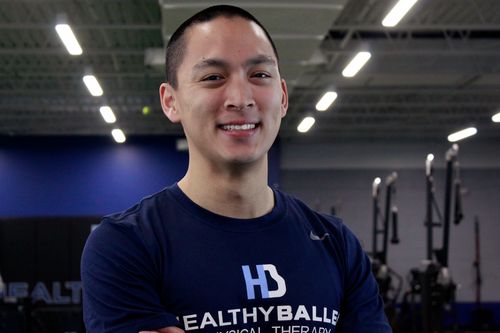
Article By
Dr. Wesley Wang
My name is Dr. Wesley Wang and I am a physical therapist at Healthy Baller located in Rockville, MD. I specialize in treating sports injuries and ACL reconstructions.

